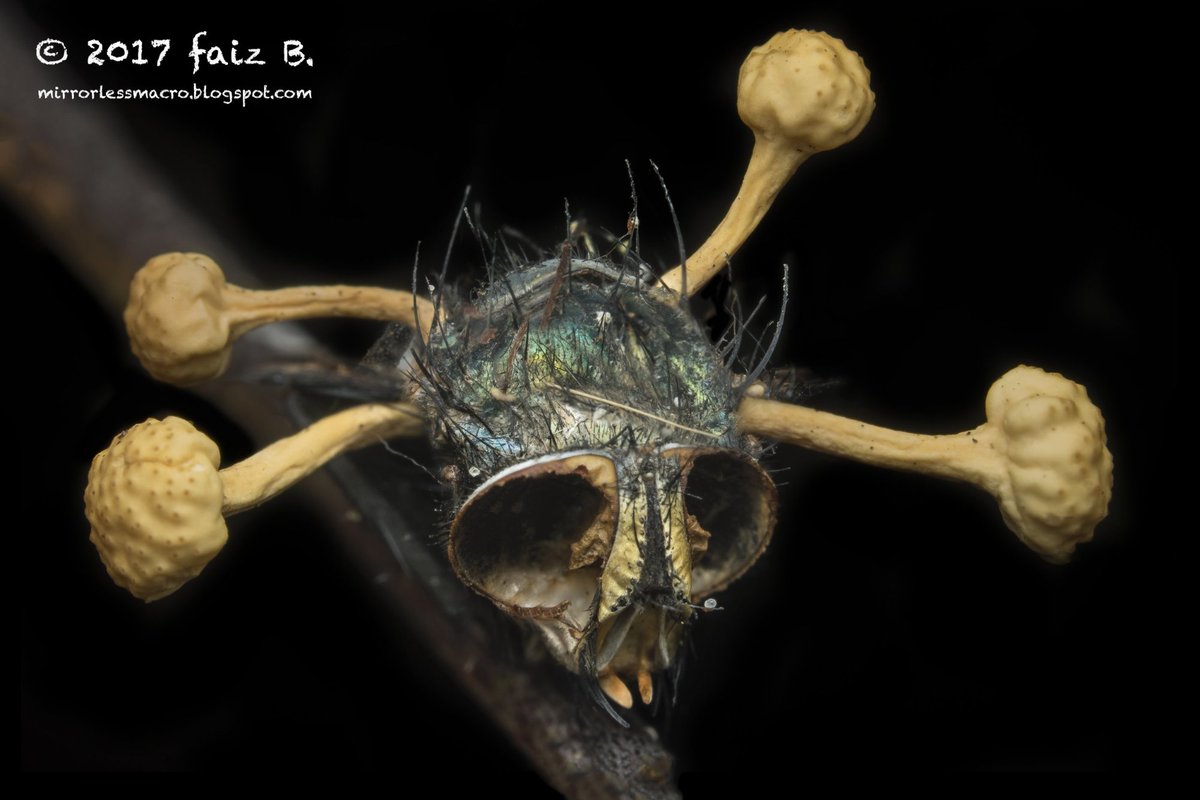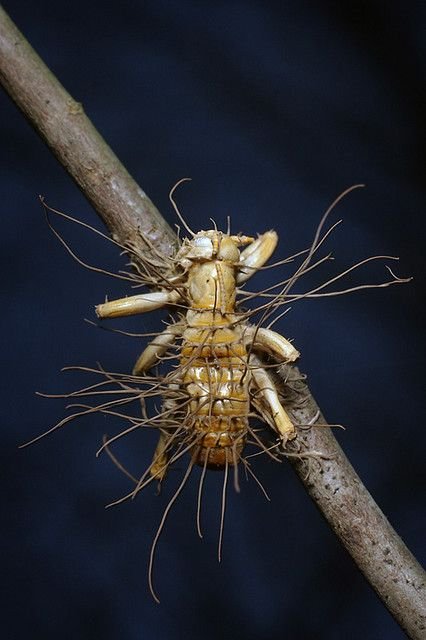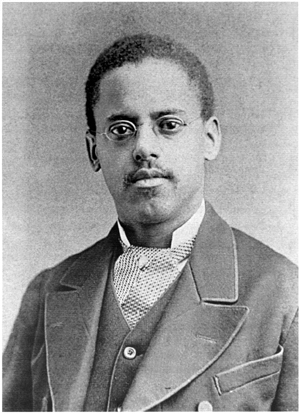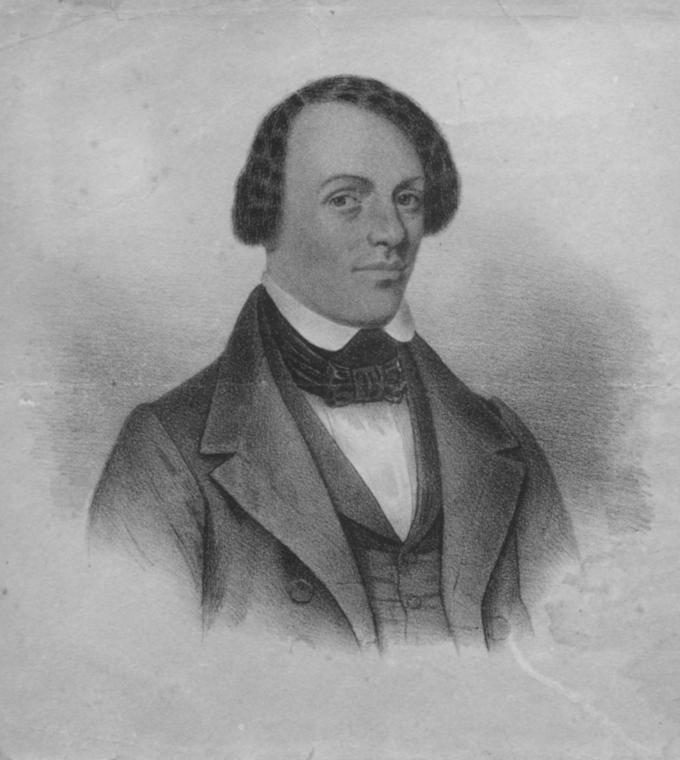[THREAD]
In 1811, a British authoress by the name of Fanny Burney underwent a complete ablation of her right breast without anaesthesia, after it had been declared cancerous.
And she wrote all about it.
In 1811, a British authoress by the name of Fanny Burney underwent a complete ablation of her right breast without anaesthesia, after it had been declared cancerous.
And she wrote all about it.

Cut off from her family - stayed in England - by the Napoleonic Wars, she had been unable to reach out to them for years.
But a year after her operation, she summoned up all her courage and wrote a letter to her sister recounting the whole affair, not without pains
But a year after her operation, she summoned up all her courage and wrote a letter to her sister recounting the whole affair, not without pains
The letter, entitled 'Account from Paris of a terrible Operation', retells not only the operation but also the anxious months that preceded it, showing that surgeons dreaded surgery just as much as their patients. 

Back in 1810, Fanny had been dismissing the pain she felt in her breast for months. By the time she finally agreed to see a doctor (Dr. Dubois, surgeon to the imperial family), her state was already far too advanced. He gave her a prescription that, unfortunately, led nowhere 

She asked for the opinion of another surgeon (her 3rd, M. Larrey), who was able to help her for a while. But her health declined again soon after:
"the good Dr. Larrey, who, during his long attendance had conceived for me the warmest friendship, had now tears in his Eyes"
"the good Dr. Larrey, who, during his long attendance had conceived for me the warmest friendship, had now tears in his Eyes"

A fourth doctor was called in, followed by a fifth, but no progress could be made, and finally:
"I came back, & took my seat, with what calmness I was able. All were silent, & Dr Larrey, I saw, hid himself nearly behind my Sofa...
"I came back, & took my seat, with what calmness I was able. All were silent, & Dr Larrey, I saw, hid himself nearly behind my Sofa...

... My heart beat fast: I saw all hope was over. I called upon them to speak. M. Dubois then, after a long & unintelligible harangue, from his own disturbance, pronounced my doom." 

Her doctors told her that she was to expect a great amount of pain, and agreed to leave the date of the operation undisclosed.
"I was in hourly expectation of a summons to execution; judge, then to my surprise to be suffered to on full 3 Weeks in the same state!"
"I was in hourly expectation of a summons to execution; judge, then to my surprise to be suffered to on full 3 Weeks in the same state!"

Finally, on September 30th, 1811, Fanny received a note announcing that the day had come. She wrote a word to her unsuspecting husband's superior, asking to detain him for a few hours, in order to avoid her partner the horror of such proceedings. She would face the surgery alone. 

The doctors arrived soon after at her door; "before I could speak to them, my room, without previous message, was entered by 7 Men in black [...] I was now awakened from my stupor – & by a sort of indignation – Why so many? & without leave? – But I could not utter a syllable." 

"I stood suspended, for a moment, whether I should not abruptly escape – I looked at the door, the windows – I felt desperate – but it was only for a moment, my reason then took the command, & my fears & feelings struggled vainly against it." 

Fanny was asked to lay down on a bed that had been prepared for the operation. Dr. Larrey asked who would hold her breast to steady it and all the other surgeons remained silent.
Fanny bravely exclaimed 'I will, sir!'
Fanny bravely exclaimed 'I will, sir!'

"when the dreadful steel was plunged into the breast – cutting through veins – arteries – flesh – nerves – I needed no injunctions not to restrain my cries. I began a scream that lasted [...] during the whole [incision.] I almost marvel that it rings not in my Ears still!" 

To read her own full description of the operation, performed without anaesthesia, I invite you to my website, W[o]nderings. An article dedicated to the remarkable Fanny Burney, her surgery, and the science of her time is waiting for you there:
w-o-nderings.com/articles/fanny…

w-o-nderings.com/articles/fanny…

A thousand thanks to @britishlibrary, whose digitised copy of Fanny Burney's letter, along with its transcript, have been tremendously useful in the writing of this article!
I hope you will all enjoy it and join me in honouring the memory of this amazing woman.
Have a great day!
I hope you will all enjoy it and join me in honouring the memory of this amazing woman.
Have a great day!
@britishlibrary @threadreaderapp unroll
• • •
Missing some Tweet in this thread? You can try to
force a refresh






















